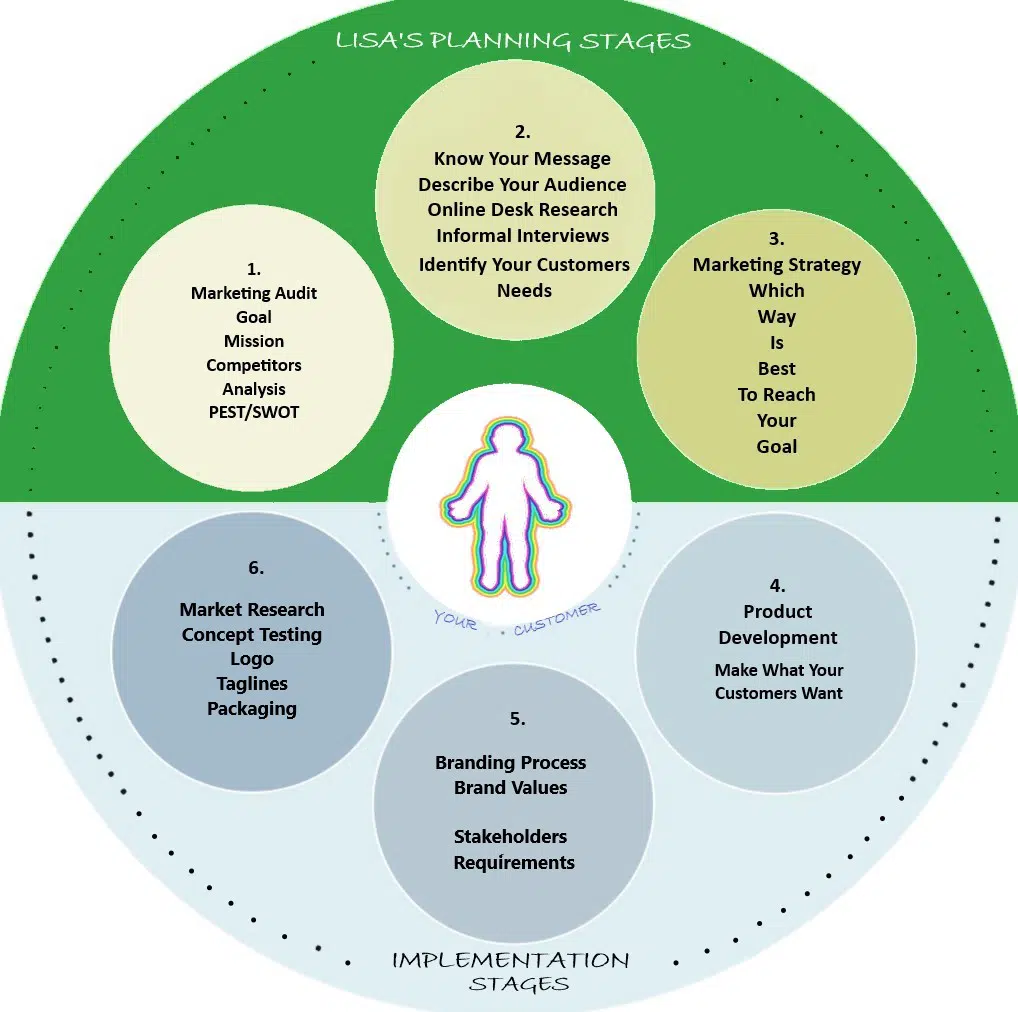It is important for every sole proprietor to understand how to develop a brand identity and maintain it at times of disruption.
The latest McKinsey research has shown that during the COVID-19 crisis consumers became less loyal, and increasingly tried new retailers and new brands. As the loyalty dynamics of the retail sector shift, it is a critical time to build your businesses brand – and make it very clear what your brand stands for, to attract these promiscuous buyers. Most sole proprietors consider how to develop a brand identity at the outset of their business journey. However, I urge you to revisit your branding whenever any period of change triggers you to revisit your business’ fundamentals and its Marketing Audit.
Your brand must be nurtured and with care to remain relevant to your customers throughout your business journey. In the words of David Hensley, an expert in corporate branding and strategy, “After initial growth many companies need to refocus their business and revisit or refresh their brands to reflect their success” (reproduced with permission from Hensley Partners). I encourage you to review your branding whenever there’s a significant alteration in your business environment which might affect your product and customers.
I have chosen to illustrate this topic with the creature in the image who I have named Fred.I expect that you will agree that, Fred is a frog, not a toad.? He will be useful for illustrating several points in the process of how to develop a brand identity. I have deliberately chosen an animal this week which has the potential to be mistaken for the wrong species to make my points about How to develop a brand identity.
.First, branding is most significant for brands which have discovered that they will follow a differentiation strategy in a crowded market. Fred would be unhappy if he was mistaken for a toad. Likewise, you would not want your prospective customers to mistake another supplier for you. How can you tell with ease that Fred is a frog, not a toad? These points may help the creation of your brand too.
3 key points when you consider how to develop a brand identity:
- Physical features: Toads have short legs, unlike frogs. A product or service might have physical features which distinguish it. For example the recognisable shape of a Coca-Cola bottle helps to communicate the authenticity of its contents. For service businesses, uniforms are an important physical feature which imbue trust. Consider a courier service which collects items for transport,You have more confidence handing items to an individual in recognisable clothing.
- Feel: Frogs have smooth, slimy skin, unlike toads, which feel dry and warty when touched. Branding is largely about attaching a personality to an object or to an intangible service. The brand will influence how your customers feel about your product. Is it for them or for others? A brand can be created to communicate emotions to your prospects prior to purchase
- Performance: Frogs are made for hopping, whereas toads prefer to crawl. Your product might incorporate a feature which sets it apart from its competitors, for example, Audi’s brand with its strapline, “Vorsprung durch Technik”, which translates to “Ahead through technology”.
Your branding should seek to capture your physical features, performance, and how you’d like your customers to feel about you, your brand, its values. If you can communicate these traits with your name, logo, and strapline, you will be clearly differentiated from your competitors, like Fred is from toads. You know much more about him, than his name. Your brand can speak to your customers in this This way, too.
This process helps customers ‘by simplifying their purchasing process, giving confidence about contents, and permitting them to display their choice proudly when relevant.Hence, it is critical that your branding remains consistent at all points of contact with your customers.
Here is my guide for a new business which might be considering this process. Most importantly, it is crucial to grasp that a brand is not an alternative term for a name and it may not always be necessary. Branding should only be addressed once you’re at the stage of implementing your Strategic Marketing Plan.
This infographic summarises my thoughts on the sequence of steps which I recommend that you should follow whenever you want to consider how to develop a brand identity:
|

